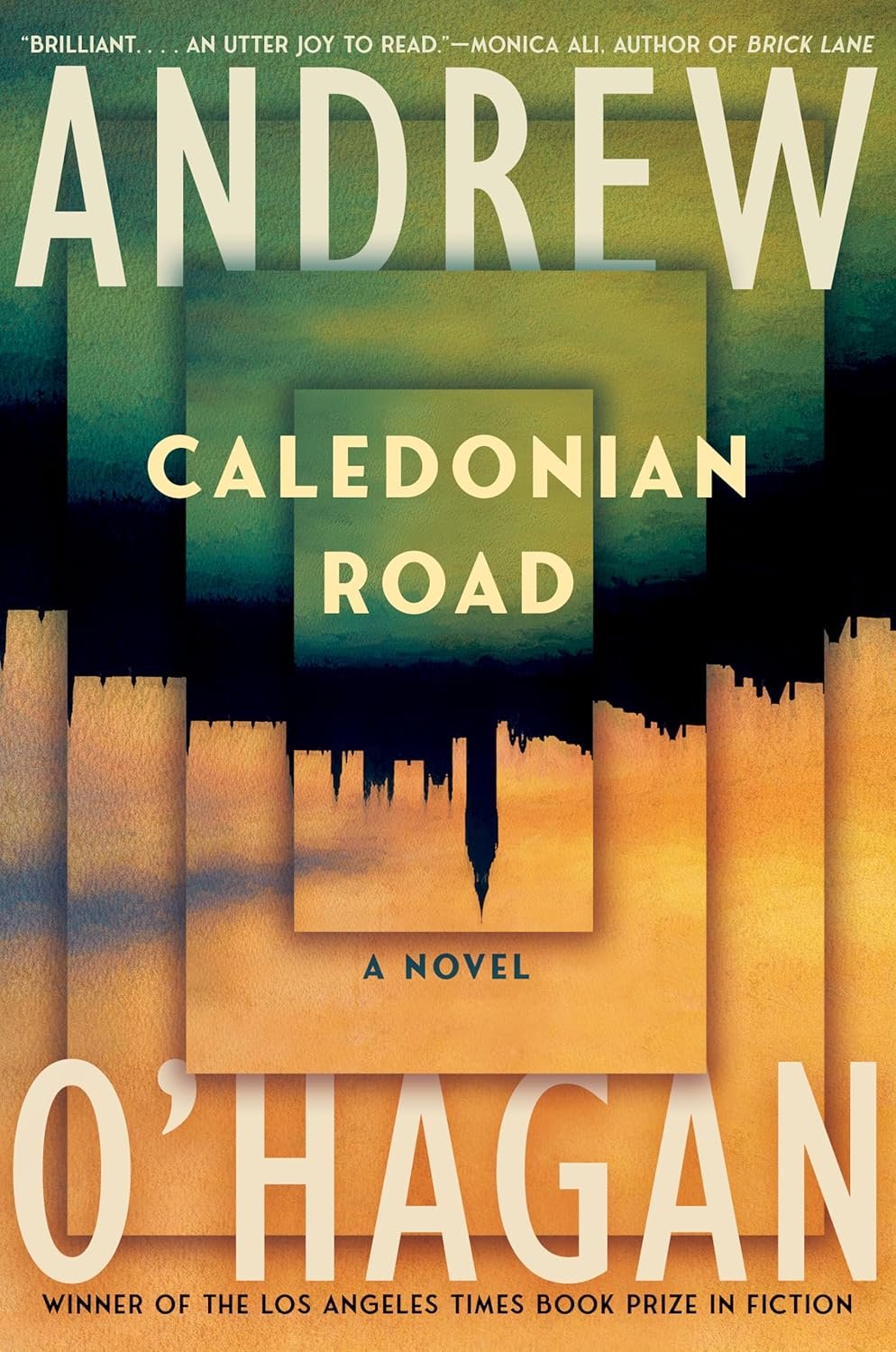Overview of ‘Caledonian Road’
Andrew O’Hagan’s novel, ‘Caledonian Road,’ presents a masterful examination of British class dynamics, politics, and money through the lives of five interconnected families. The narrative centers around Campbell Flynn, an art historian and professor whose life spirals into chaos during a pivotal year in London. As his facade of success begins to crumble, the intricacies of wealth and societal expectations come under scrutiny.

Character Depth and Interconnections
At the heart of ‘Caledonian Road’ are various characters whose lives intersect in unexpected ways. Campbell, despite his accolades and seemingly structured existence, faces a troubling reality that exposes the contradictions of his beliefs. His relationships with his wife, Elizabeth, his agent Atticus, and his sister Moira depict the contrasting values and pressures placed upon them, revealing a commentary on the fragility of success in an unforgiving society.
A Journey Through Change
Throughout the novel, Campbell finds himself at a crossroads, particularly as he becomes entangled with a brilliant, unconventional student. This relationship serves as a catalyst for change, pushing him to confront his past and the stark realities of class and privilege. O’Hagan encapsulates the struggles of navigating a world steeped in tradition and innovation, leading to a climactic moment on Caledonian Road that redefines the characters’ fates.
In summary, ‘Caledonian Road’ is not merely a story of individual downfall; it is a biting portrait of a society in flux. O’Hagan’s insight into class and its implications resonates throughout the narrative, inviting readers to reflect on the unseen forces that shape our lives.


